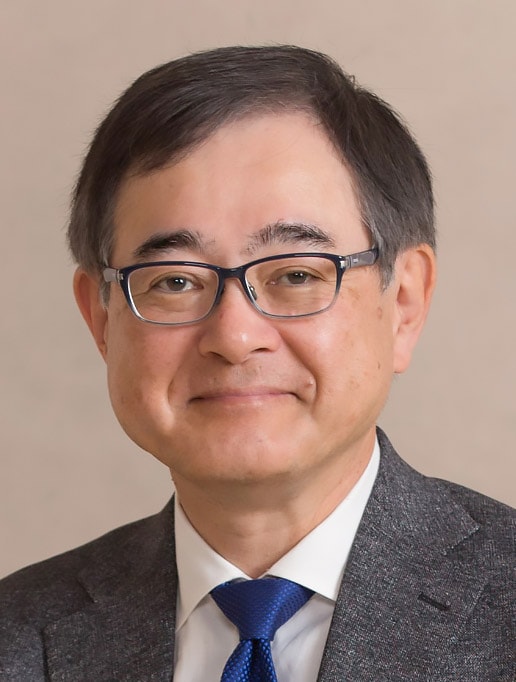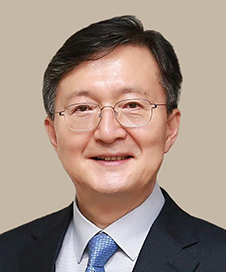
Hokkaido University
Welcome to the 26th Hokkaido University – Seoul National University Joint Symposium. On behalf of Hokkaido University (HU), I would like to express my genuine excitement and pleasure to bring an on-site symposium back to Hokkaido after the online arrangements during the COVID-19 pandemic. Since my participation in the last year’s symposium at Seoul National University (SNU), I have waited for an opportunity to host this long-lasting inter-university academic event on our campus.
Although this year’s Plenary Session arrangement is slightly different from usual years, I hope it would give the symposium participants another opportunity to get inspired by interdisciplinary approaches towards a global issue, Sustainable Development for Future Generations – through this joint arrangement with the Forum on the Future for Children.
The 26th HU-SNU Joint Symposium welcomes familiar satellite sessions and new faces from Electronic Science, Geology, Information and Convergence Science and Technology, Medicine, Public Health, Agriculture, Aerospace Engineering, Science Education to Slavic-Eurasian Studies. Satellite sessions will be enlightening opportunities for students to make their debut on an international conference setting, gain experiences of poster presentations, or make friends with students in common fields of research from their counterpart university. Having realised research internships and laboratory visits by students followed some satellite sessions in past years, I am thrilled to notice session coverage of the Symposium is being expanded.
As one another aspect of the Joint Symposium, library staff members of both universities will have a week staff exchange programme. Partially sharing its agenda with Kasetsart University Library, Thailand, as a special participant this time, the two-way visit programme is self-designed by participating library staff members, and lets participants see daily working environments of those who are in similar positions in university libraries. Libraries are one of the most fundamental facilities for higher education institutions, and the staff development should hugely support its academics and students.
I hope all the Joint Symposium participants will enjoy the beautiful autumnal Sapporo campus of HU together with their counterparts, and truly look forward to the outcomes of this year!



